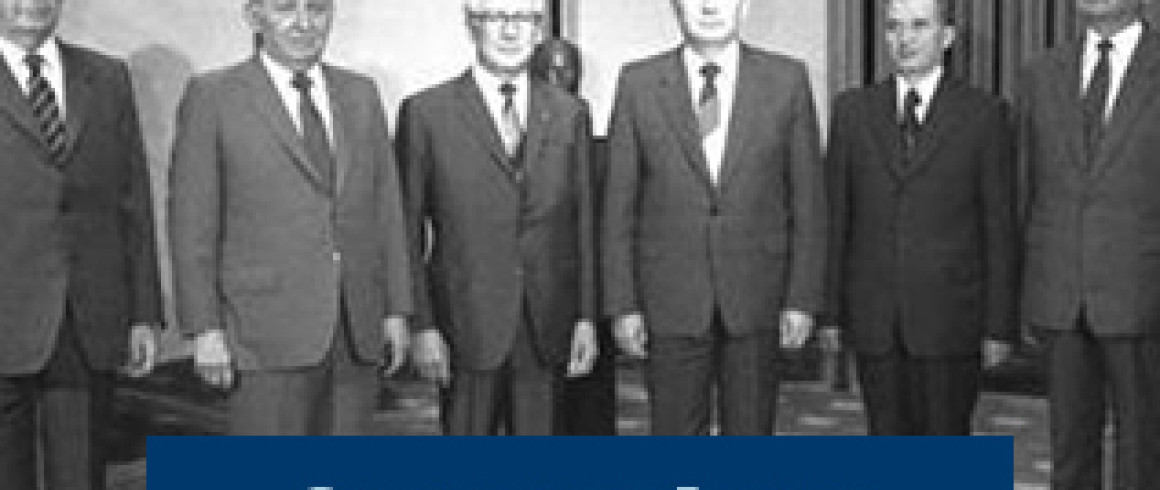Communism: Theory vs. Practice
Visiting scholar Professor Norman Davies is giving a series of talks this term. The first was an account of the theory vs practice of communism in the Soviet Union.
In 1991 a political and military system that had ruled over half of Europe for decades began to come to a dramatic end. The end of the Cold War and the collapse of the Soviet Union was the beginning of a process of forgetting; it doesn’t take long for a new generation to come along for whom something once so immediately, vitally important is now history.
Professor Norman Davies is a visiting scholar at Pembroke and a distinguished Professor of history with particular expertise in the history of Eastern Europe and Poland. When it comes to the reality of communism, he says, it is wrong to forget. It is time to remember.
If the theory of communism was that it would be a classless, harmonious, democratic system, the reality, it seems, was very different. Professor Davies described a system characterised by fear, random killings, and a rigidly controlled political system that left no room for true autonomy at an individual or state level. At all levels of society, party representatives controlled decision-making and the structures of governance, including a constitution which in every state enshrined the right of the communist party to break all other laws.
Half of Europe was once ruled by Soviet communism, and the impact of such comprehensive control did not end when the Berlin wall came down. To illustrate that Soviet communism did not do, as he put it, what it said on the tin, Professor Davies described three experiences he had visiting parts of the Soviet Union.
Visiting the Soviet Union with a student group in 1963, he saw a replica of the Red Army command post once occupied by Nikita Khrushchev. The two bunks, one for the party member and one for the Red Army commander, represented the reality of the army’s command structure; nothing happened without approval from the party. They had comprehensive control of the Red Army, managed by a complex system of party representatives connected to every unit of the army.
This control was at once overt and covert. The second visit Davies described was a visit to Romania, where visitors could only hold conversations with locals if both parties had a red disc identifying them as people approved to talk to locals or foreigners respectively. Despite this barrier, they were able to gain an insight into a Soviet delegation visiting at the same time. No one in that delegation knew who was leading it. There was, as was generally the case, a figurehead, but someone else was pulling the strings, and they were doing it secretly. This pattern occurred at all levels of society, creating a climate of fear and uncertainty.
Finally he described visiting a forest in 1991, and finding a cross at the side of the road. It marked the forest as a site of mass graves, where at least 300,000 people were buried. They had been killed in Stalin’s Great Terror in the 1930s. The system was built on fear and mass killings, and even when they stopped in the 1960s, their legacy of terror remained.
Professor Davies will be giving two further talks this term:
Prof Norman Davies: Discovering my secret police files after fifty years, 15th November, 6pm, Thomas Gray Room
Prof Norman Davies: Beneath Another Sky: A Global Journey Into History, 29th November, 6pm, Old Library
